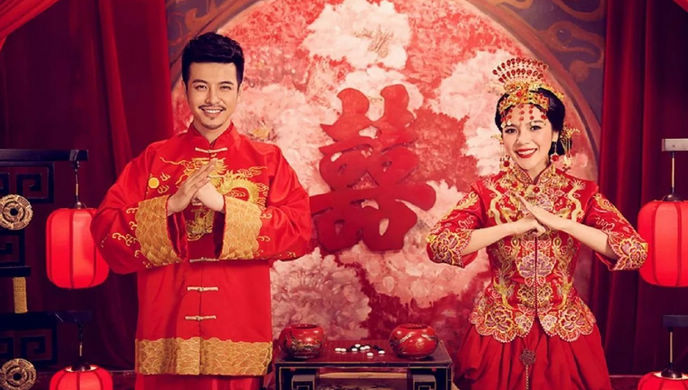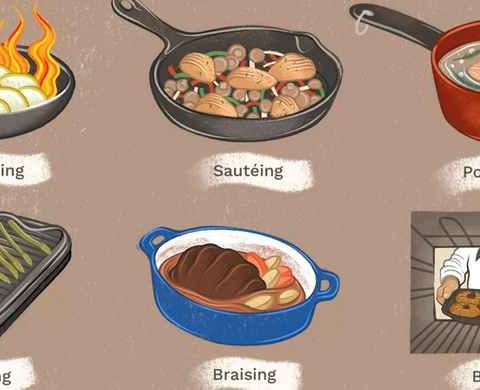Next to the New Year festivities, the Chinese wedding was, perhaps, the most noisy and colorful celebration. The entire village joined in the party which lasted until the bridegroom got drunk! But before going any further, let’s go back a few months when a matchmaker began the affair.
A’Chinese girl was considered marriageable when she reached 15 and, if she was at all pretty, matchmakers would call on her parents with pictures and family backgrounds of eligible males from other villages. Marriage to young men within the village was forbidden since we all had the same last name and, presumably, were all related, no matter how distantly. Marriage to anyone else with the same last name, even from another village, also was tabu for the same reason. Parents wouldn’t hesitate to disown a child who broke this tradition. This unwritten law is not so rigidly observed today in the United States but, in those days, to be disowned was a painful and shameful experience.(In these days, you’re lucky if the child doesn’t disown you first!)
When the two families finally agreed upon their choice, they’d consult an astrologer to see if the young couple’s birth signs were in harmony. If all went well, the astrologer would select the engagement and wedding dates.
The bride’s family would pass out assorted cookies and cakes to all the villagers to announce the engagement. The wedding usually took place soon afterward.
During all this time the bride and groom had never met. They knew each other through pictures and information received from parents and friends. They’d really be in for a surprise if the photographer did a good touch upjob!
Now came the night before the wedding. It was unbelievable. I remember one night when I wasa wakened by a group of women sobbing and wailing so loudly I thought someone must have died. When I found out it was coming from the bride’s house I thought she must have been jilted. But my aunt told me it’s customary for the bride to cry all night to show her parents how much she loved them and how much she hated to leave them. Her close friends usually joined in for moral and vocal support. The louder the racket, the happier her parents!
The next day the bride was dressed entirely in red (not white, since that is the color of mourning in China). She wore a floor length gown with matching jacket and an elegantly elaborate headdress decorated with sequins, pearls and gold flowers. She was completely covered and a red veil hid her face.(Thank goodness for the veil. After all that crying the night before her nose must have been as red as Rudolph’s and her eyes must have looked like road maps. And it’s a good thing she didn’t have to say anything. All that wailing certainly must have given her a good case of laryngitis.)
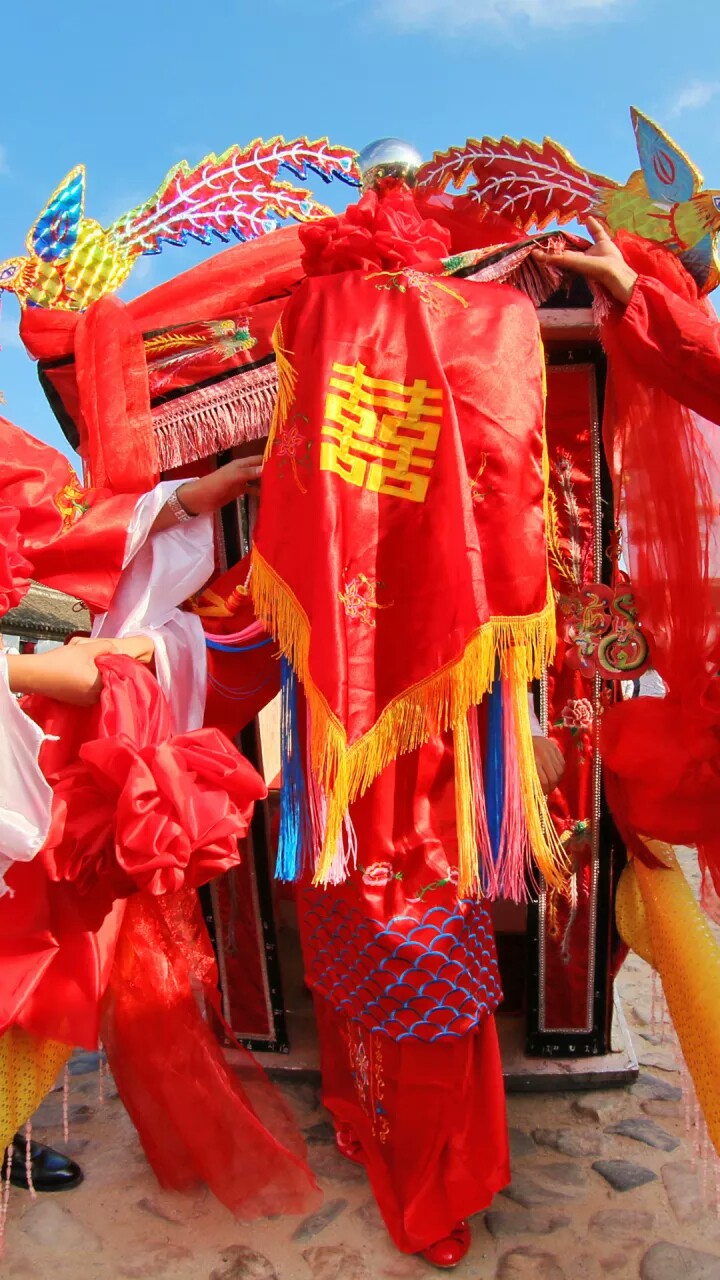
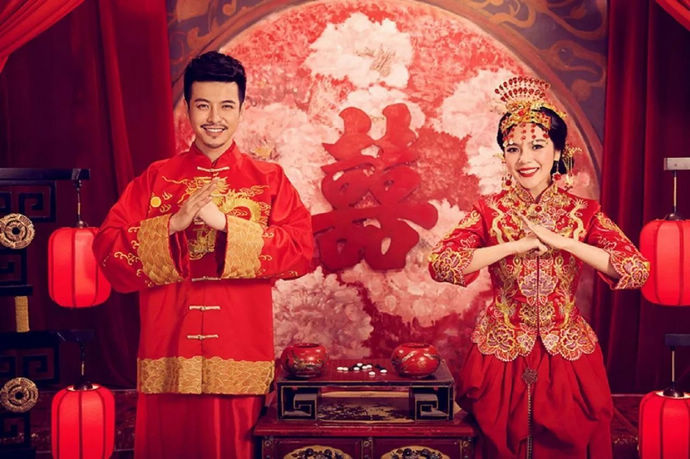
By this time, the bamboo sedan chair sent by the groom arrived. Carried by two men, it was no larger than a telephone booth with a seat inside for one passenger. There were no bridesmaids. Only her immediate relatives, her trousseau and at least one roast pig made the journey to the bridegroom’s house. If the family could afford it, there were more roast pigs.
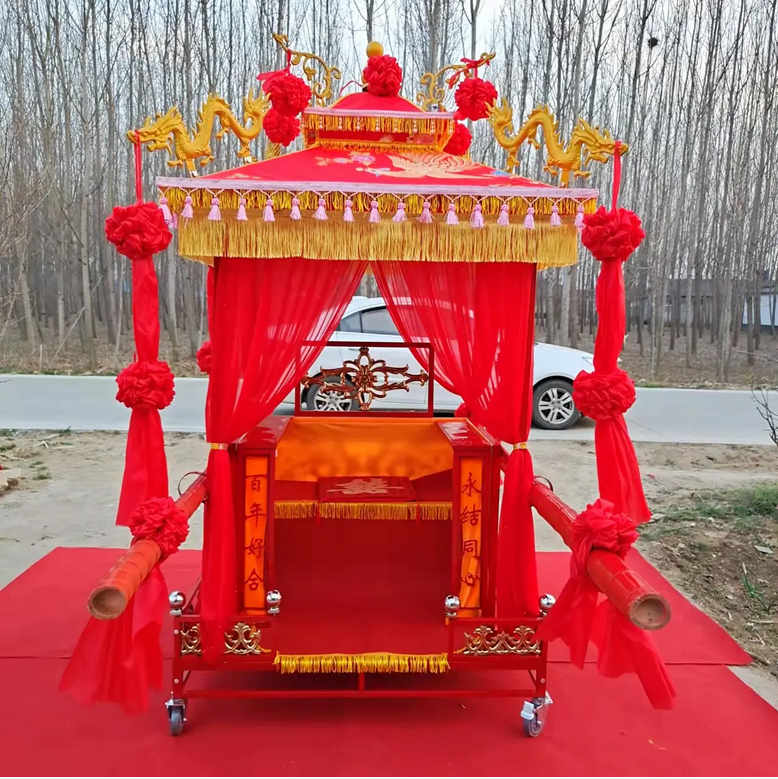
All the people in the bridegrooms’s village welcomed the bride and tried to get a glimpse of her.When she stepped down from the sedan chair, firecrackers went off and musicians played joyous melodies. The bride was ushered inside the house, the marriage ceremony was performed by the village elder, and all the relatives plus anyone else who could squeeze in witnessed the rites.
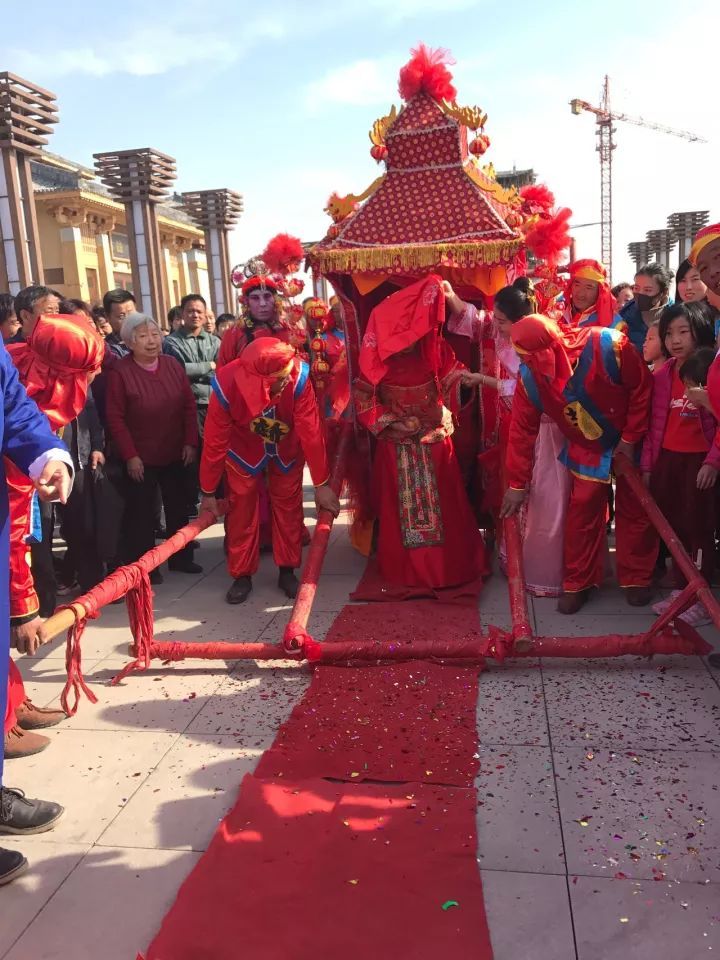
The bride’s first duty, immediately afterwards, was to pay respects to her in-laws by performing the tea ceremony. With much humbleness, she would bow to each of her in-laws and other family elders while holding a tray with filled tea cups on it. In a tiny, tiny voice (in some cases it must have beena hoarse whisper depending on the amount of crying the night before), she addressed them by their titles. In return, she was given jewelry or money to show how much she was welcomed. Itwas not uncommon for the tea ceremony to last several hours since she might have to bow to 40 or 50 people. By this time, she was so loaded with jewelry and money she looked like a walking Christmas tree with all the trimmings. This ancient ritual still is an integral part of Chinese wedding ceremony in this country.
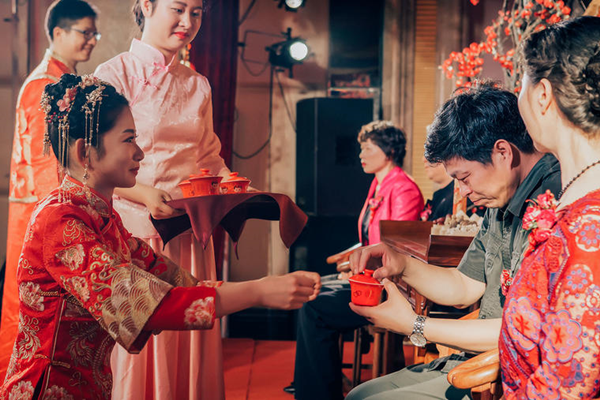
The banquet was served after the tea ceremony. Thank goodness the bride finally had a chance to sit down.

When it was time to retire, the family would pile food on the bridal bed and, at a given signal, all the kids would jump on the bed and grab the food. The idea was that, hopefully, the couple would produce as many children as there were those who jumped onto the bed.
The roast pig, brought by the bride, was not consumed during the banquet because…ahem, if the bride was not as pure as the day she was born, back she went in the sedan chair along with her trousseau and the uneaten roast pig!
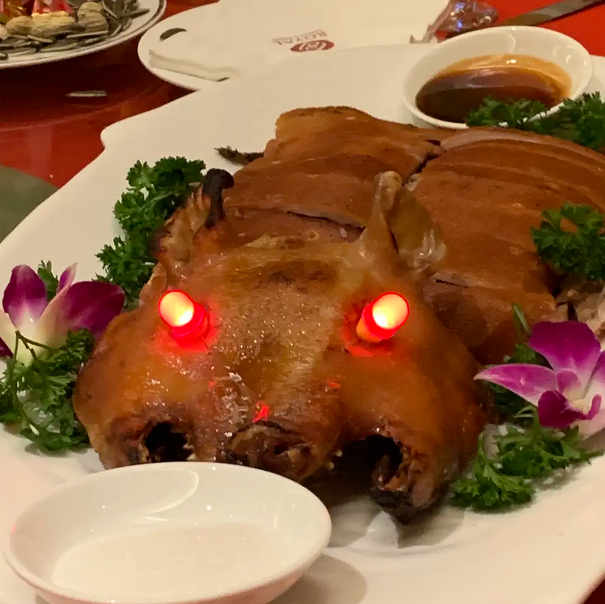
The young bride’s primary duty was to look after the comforts of her mother-in-law, father-in-lawand husband. She had no say whatsoever in running the household and she had to do as she was told by all the family elders.(No wonder she cried so much the night before the wedding.)
A wealthy man could have one or more concubines. Often, if a wife produced no sons, she would urge her husband to have concubines so that sons would be born into the family. This was because a man’s life was considered incomplete if he didn’t have at least one son to carry on the family name.
Concubines had the status of common-law wives and their male offspring were on an equal with the wife in matters of inheritance. But the wife usually didn’t mind the concubines because she was their boss and they waited on her hand and foot.

